Lushunkou, Dalian, has one of the greatest collections of old blocks, historical buildings, and houses in China, and is reputed as an open-air museum of early modern architecture. Most of the historical buildings here are in a colonial style due to colonization by Tsarist Russia and Japan in the late 19th century and early 20th century.
Colonizers liked to make their presence felt through their buildings, thus the institutional, public, and utilitarian buildings such as railway stations, banks, schools, mansion houses, and government offices, were constructed in an exotic air. This guide focuses on nine historic examples of architecture in Lushunkou, mostly designed by Russians, to reveal the history and culture of the city.
- Former Guandongzhou Bureau Site
- Former Headquarters
of the Guandong
Army Site - Lushun Railway Station
- Xiulou Building
- German Chamber of Commerce
- Former Lushun Normal School Site
- Former Lushun Branch
of the Russian-Asian
Bank Site - Palace of Aisin Gioro
Shanqi - Lushun Museum
-

Former Guandongzhou Bureau Site
Municipal Protected Historic Site
Due to its favorable geographic location, Lushunkou, simply called Lushun by the locals, had been the apple of the eye among voracious empires posturing to expand their land from the end of 19th century until the mid-20th century. The Russian Empire first took the upper hand of transforming Lushun in 1989 by compelling the Qing government to make a territorial concession and sign the Pavlov Agreement (1898) for a 25-year lease on the Dalian and Lushun areas, named the Guandong leased territory. Constructing new buildings was one of the methods they used to reshape Lushun as they planned.
The year 1900 saw the construction of eclectic-style architecture at what is now No 59 Youyi road, Taiyanggou, Lushun. It was first used as a city-owned hotel and later as a military barrack during the Russo-Japanese War. After Japan took over the southern part of Northeast China in 1905, the building became the government office of its highest government in the Guandong area, successively Guandong Governor-general, Guandong Bureau and later Guandongzhou (zhou is politically equal to the current province) Bureau.
-
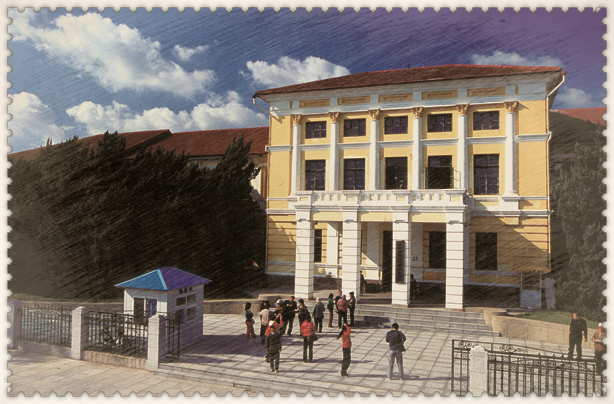
Former Headquarters of the Guandong Army Site
Municipal Protected Historic Site
The headquarters of the Guandong Army site, located at No 18 Xinhua street, Taiyanggou, Lushunkou, is a 1900-buiding previously used as the Russian artillery force headquarters before 1904. After the Japanese defeated the Russians and occupied Lushun, the mansion changed its host and witnessed the Japanese flood in and set up the Guandong Garrison to guard the Guandong Governor-general's administration in their new territory. In 1919, the Guandong Garrison was renamed the Guandong Army, indicating increasingly aggressive and offensive actions on the Asian mainland.
-

Lushun Railway Station
Municipal Protected Historic Site
Lushun railway station was constructed in 1900 at now No 8 Jinggang street, using Russian-style wooden structure. Situated at the top of the waiting hall is a garret decorated with fish-scale iron roofing tile. It was put into operation in 1902 as the final stop of the south branch's south line of the Chinese Eastern Railway, a line built by Imperial Russia to link China with Vladivostok in the Russian Far East.
-
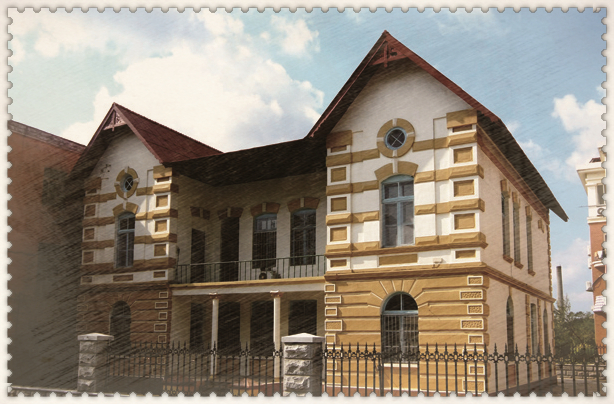
Xiulou Building
Municipal Protected Historic Site
With a red pointed roof, beige wall decorated with circular, arched, or rectangular windows, Xiulou stands quietly at No 28 Wenhua street, Taiyanggou. It was built in 1901, with a floor space of 517 square meters. At first it was a dormitory for staff of an American store. Later it became a private residence while the Japanese occupied Lushun.
-
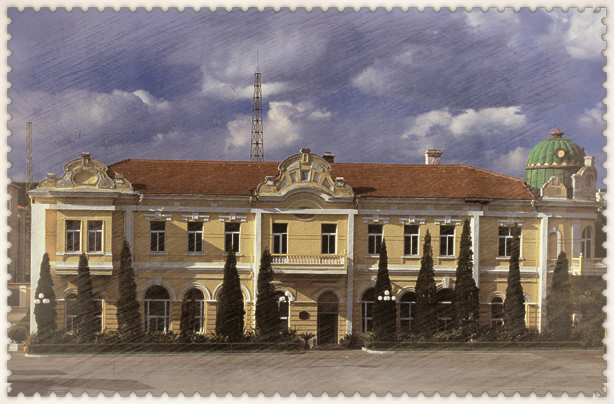
German Chamber of Commerce
Municipal Protected Historic Site
The German Chamber of Commerce, built in 1900, is situated at No 58 Stalin road, Taiyanggou. There once was a department store run by Germans on the first floor, and the Chamber of Commerce was on the second. In 1909, this two-story building was turned into classrooms for a middle school, as directed by the Guandong Governor-general.
-
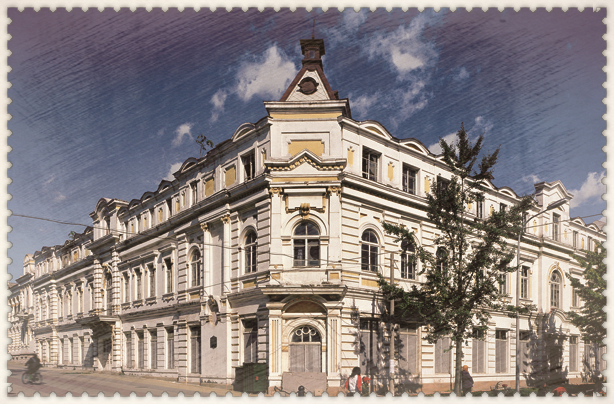
Former Lushun Normal School Site
Provincial Protected Historic Site
Located at No 24 Lenin street, Taiyanggou, Lushun Normal School was made in a classic Russian style. This three-floor building was constructed around 1898 and was first used by American businessmen as a department store, the largest at that time. In 1916, Japanese established the normal department of Lushun Higher Education Institution here. Two years later, Lushun Normal School was founded and started to enroll female students in 1920.
-
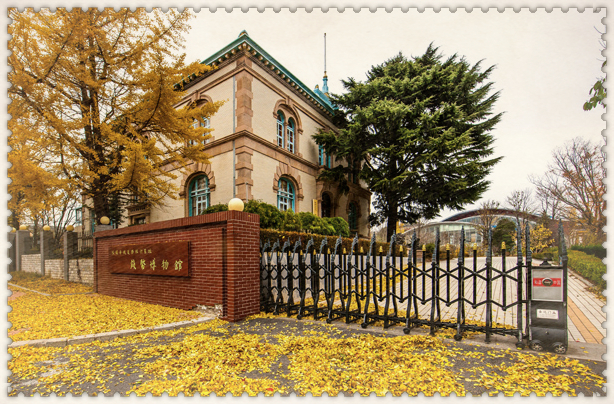
Former Lushun Branch of the Russian-Asian Bank Site
Provincial Protected Historic Site
The Lushun branch of the Russian-Asian Bank site is located at No 33 Wanle street. The building was established in 1902 and kept a Russian classical style with an octagonal wooden structural patio embedded in the middle. It is now the home of the Lushun Numismatic Museum.
-
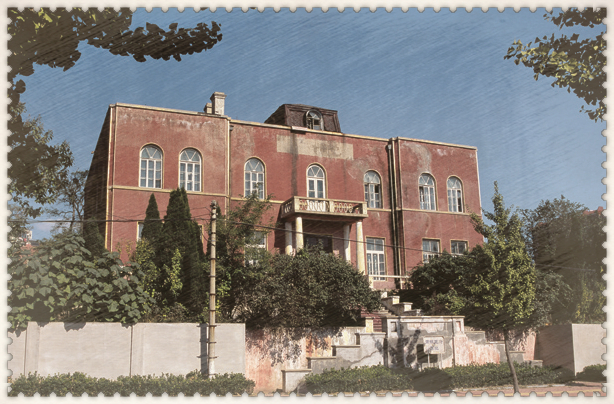
Palace of Aisin Gioro Shanqi
Municipal Protected Historic Site
Aisin Gioro Shanqi was the 10th Prince Su of the Qing Dynasty (1644-1911), and his palace was at No 9 Xinhua street, Taiyanggou, Lushunkou. As one of the last members of the royal family once holding imperial power, Aisin Gioro Shanqi spared no efforts in restoring the Qing Dynasty, his family's dynasty. He played an active role in the "Independence of Manchuria and Mongolia" incident, trying to gain some support for his dream from the Japanese government, but at last won nothing constructive as the Japanese government gave up its support for restoration and changed its political strategy due to the sudden death of Yuan Shikai, the first president of the Republic of China.
-

Lushun Museum
National Protected Historic Site
The two-floor, 5,968-square-meter Lushun Museum is located at No 42 Lenin street, Lushun, and is presented with an air of modern eclecticism. It was constructed in 1915 under the command of the Japanese government to exhibit products in Manchuria and Mongolia. It was repurposed as the Lushun Museum in 1954. There are more than 10 pieces of cultural relics and relevant documents in the museum, along with over 200 pieces from the national level, which are noted for their inclusion of Xinjiang and foreign cultural relics.